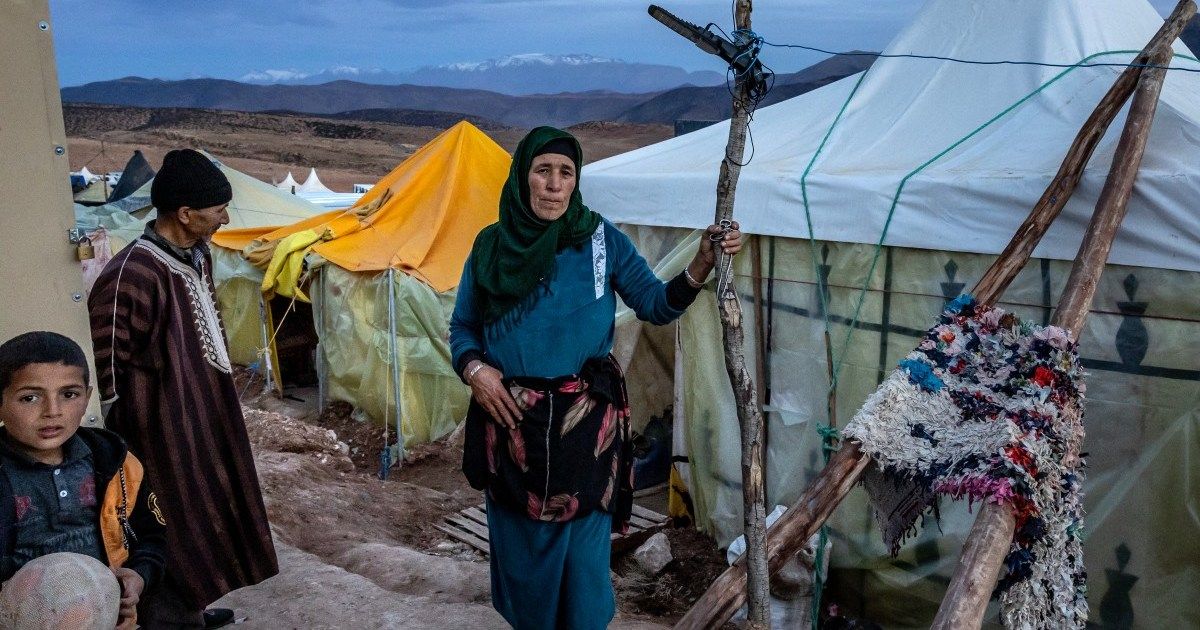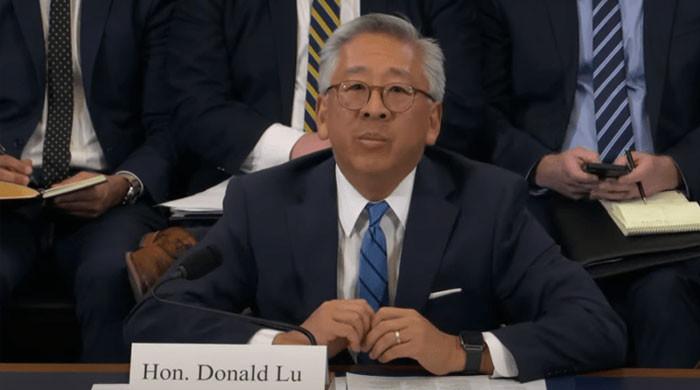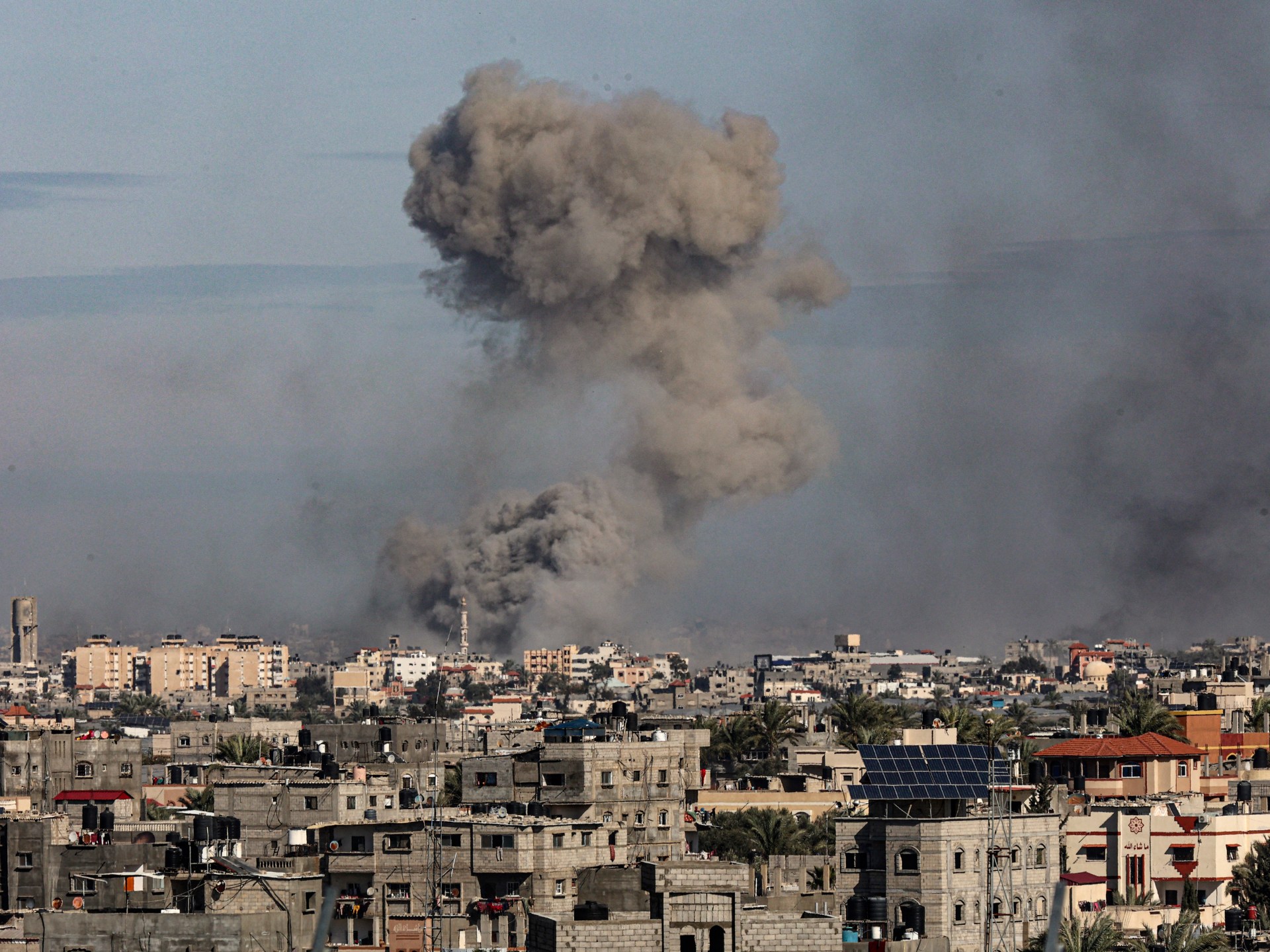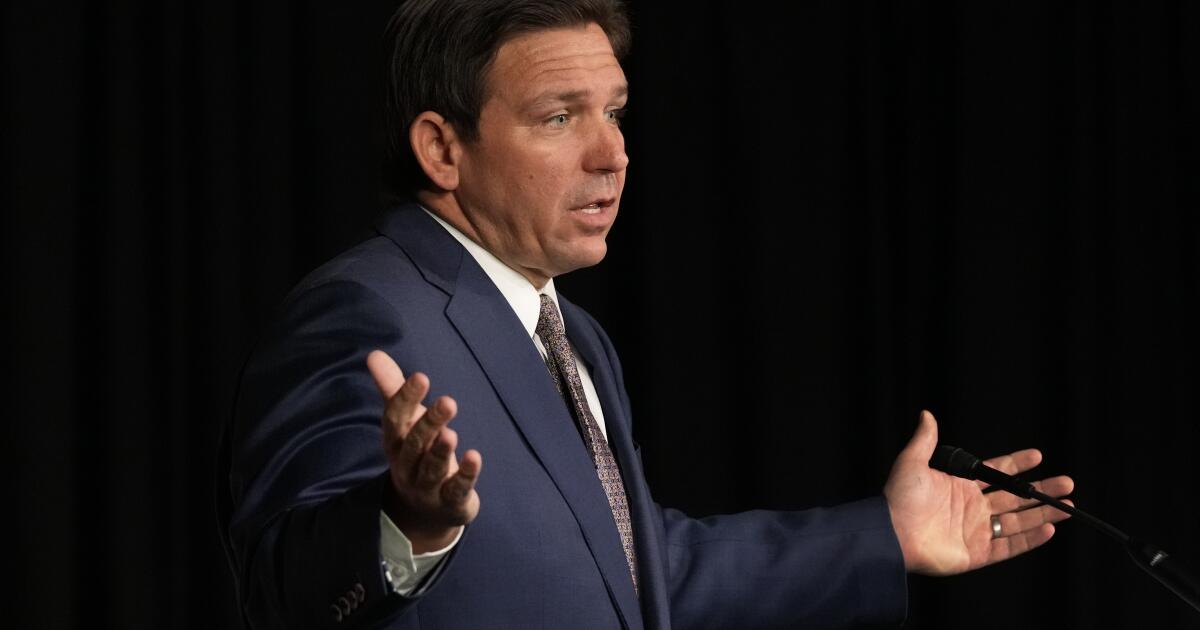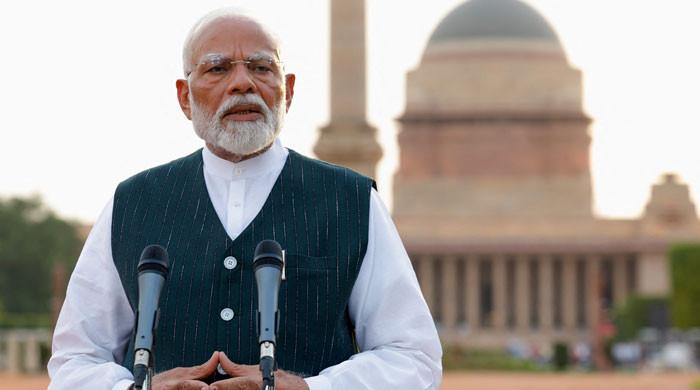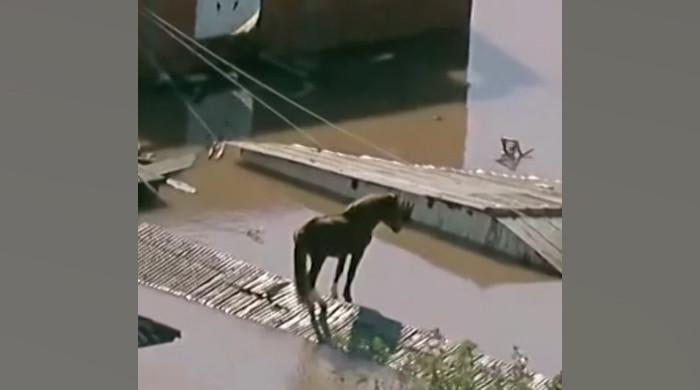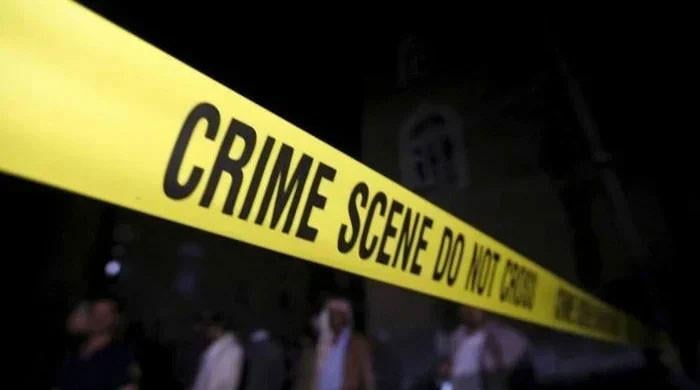Long, cold months have passed since an earthquake devastated the impoverished village of Abdallah Oubelaid in Morocco's High Atlas Mountains.
Every day, he or other villagers come to inspect the rubble. They hope to find pieces of wood for heating and cooking or even recover valuables that have so far escaped their search, and meanwhile Oubelaid bitterly wonders when he will receive the government aid he requested.
“Every time I ask, they tell me that's going to happen,” said Oubelaid, 35. “But I have children to feed and clothe.”
Moroccan authorities said about 3,000 people died during the 6.8 magnitude earthquake that struck on September 8 and damaged more than 60,000 homes.
From the village of Douzrou, Oubelaid, about 80 kilometers (50 miles) southeast of Marrakech, residents put the death toll at about 80.
A pink and white mosque minaret stands out among the rubble of the town that clung to the mountainside.
The survivors, 150 families, found shelter a few kilometers away, on rocky terrain next to a road overlooking snow-capped mountains.
About 120 of them have received help from the government. They received a monthly stipend of 2,500 dirhams ($250) or 20,000 dirhams ($1,990) for reconstruction.
The rest, like Oubelaid, said they don't know why they didn't receive anything.
At the end of January, the Moroccan government said some 57,600 families had received the monthly stipend and more than 44,000 households got reconstruction aid.
Prime Minister Aziz Akhannouch said the government “sets itself the challenge of responding to the expectations of the local population quickly and efficiently.”
However, some remain desperate for help.
Local media said hundreds of people from areas south of Marrakech in Taroudant province and the city of Talat Nyacoub have demonstrated since January against delays in payments and reconstruction aid during difficult winter conditions.
Last month, a left-wing parliamentarian, Fatima Tamni, said while questioning Interior Minister Abdelouafi Laftit that reconstruction efforts “remain immersed in darkness and improvisation.”
He asked Laftit to take action, according to the Hespress news website.
The Moroccan government said some applications were rejected because residents did not live in the affected areas at the time of the earthquake or because their homes were still habitable.
In larger cities like Amizmiz, workers and backhoes are busy.
Things appear to be back to normal, even as families still live in dozens of yellow tents donated by authorities. Covered with tarps to protect them from the rain and mountain cold, the tents occupy every empty plot of land.

